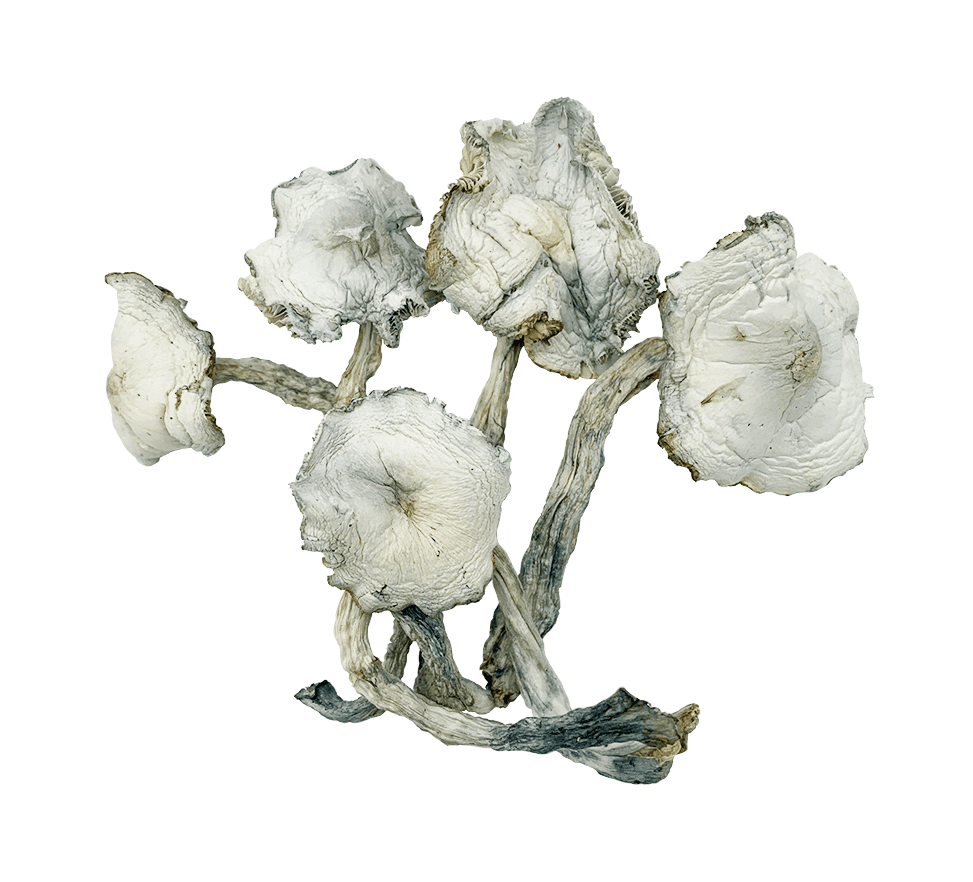Introduction:
Within mycology, a fascinating and rare specimen has captured the imagination of enthusiasts and researchers alike – the Albino Zilla Mushroom. This unique fungal species stands out not only for its striking appearance but also for its intriguing properties. Let’s delve into the captivating world of the Albino Zilla Mushroom and explore its mysteries.
Unveiling the Albino Zilla Mushroom:
Characterized by its distinctive albino hue and robust structure, the Albino Zilla Mushroom is rare in the fungal kingdom. Unlike its counterparts, this mushroom lacks the usual pigmentation found in most mushrooms, giving it an ashen appearance that sets it apart.
Albino Zilla Mushroom: Unraveling its Unique Traits
The Fascinating Biology:
Scientifically classified within the fungal family, the Albino Zilla Mushroom’s unique genetic makeup contributes to its distinct coloration. Its albinism results from a genetic mutation that inhibits the production of pigments responsible for typical mushroom hues.
Environmental Habitat:
These mushrooms are often found in specific environmental niches, favoring regions with rich organic matter and specific soil conditions. They thrive in damp, shaded areas, fostering growth in a particular ecological niche.
The Enigmatic Appeal of Albino Zilla Mushrooms
Rareness and Rarity:
One of the primary reasons for the allure of Albino Zilla Mushrooms is their rarity. They are seldom encountered in the wild, making each sighting momentous for mycologists and nature enthusiasts. The thrill of discovering these elusive specimens adds to their mystique.
Cultural Significance:
In various cultures, albino organisms often hold unique cultural or symbolic significance. Albino animals, for instance, have been revered in some societies for their perceived mystical properties. Similarly, the Albino Zilla Mushroom might carry cultural significance in different communities, further enhancing its allure.
Albino Zilla Mushroom: Potential Applications
Medicinal Properties:
Studies on mushrooms, including the Albino Zilla variety, have revealed promising medicinal properties. Certain mushroom compounds have been linked to potential health benefits, including immune support and antioxidative properties. While specific research on Albino Zilla Mushroom properties is ongoing, its uniqueness sparks curiosity regarding its potential applications.
Culinary Interest:
While not all albino mushrooms are suitable for consumption, some enthusiasts express culinary interest in exploring the taste and texture of these unique fungi. However, caution must prevail, as not all rare mushrooms are safe for human consumption, and identifying edible varieties requires expertise.
Conservation Efforts and Ethical Considerations
Preservation:
Their rarity makes conservation efforts crucial in protecting Albino Zilla Mushrooms from over-harvesting or habitat destruction. Mycologists and conservationists advocate for responsible observation and documentation practices to safeguard these unique organisms for future generations.
Ethical Collection Practices:
Foraging for rare mushrooms like the Albino Zilla demands ethical considerations. It’s essential to prioritize the preservation of natural habitats and refrain from disturbing delicate ecosystems while studying or collecting these mushrooms.
Conclusion: Appreciating Nature’s Marvel
The Albino Zilla Mushroom stands as a testament to the marvels found in nature’s diverse tapestry. Its rarity, unique traits, potential applications, and the need for responsible conservation efforts make it a captivating subject for mycologists and nature enthusiasts worldwide. As research progresses, unveiling the mysteries surrounding this intriguing fungal species will continue to fascinate and inspire those delving into mycology.
In conclusion, the Albino Zilla Mushroom’s enigmatic charm reminds us of nature’s intricate and awe-inspiring beauty, beckoning us to explore and appreciate its wonders responsibly and ethically.


